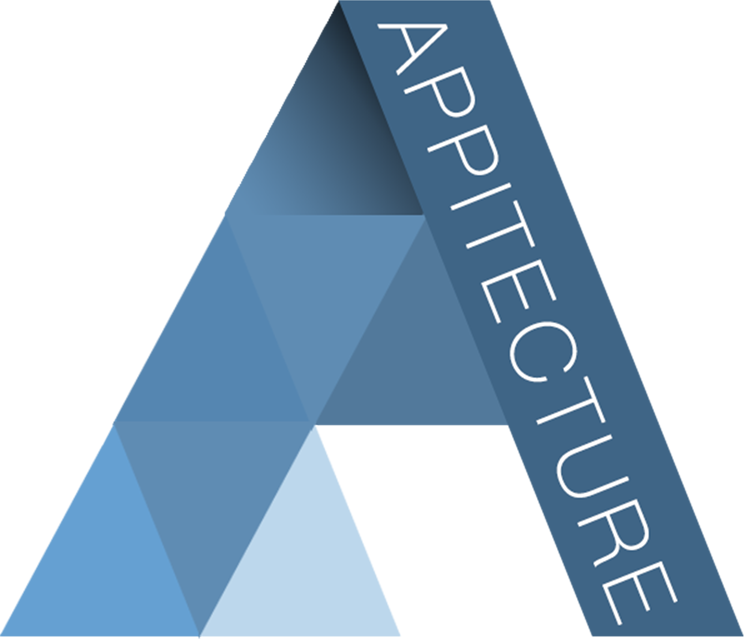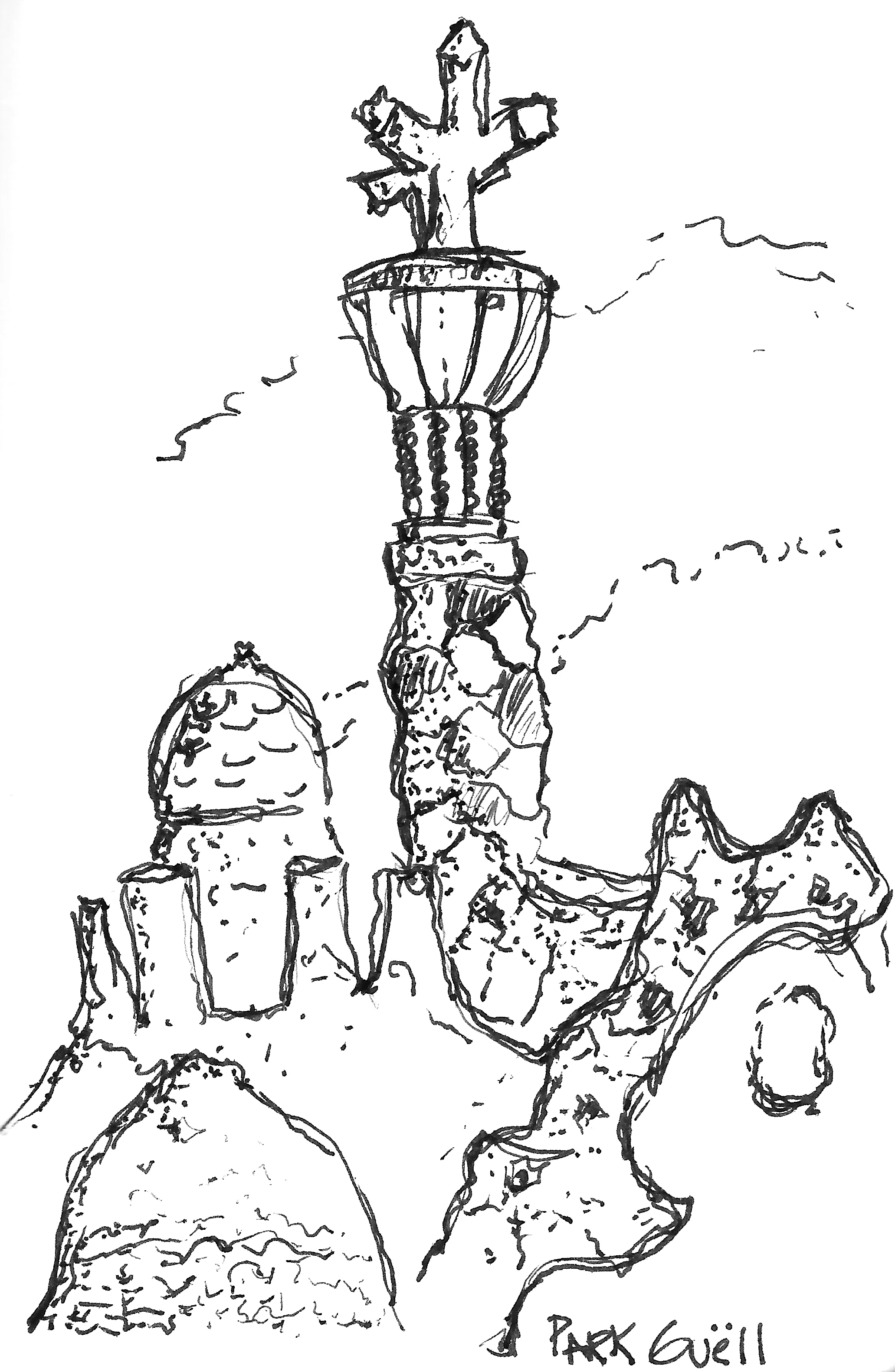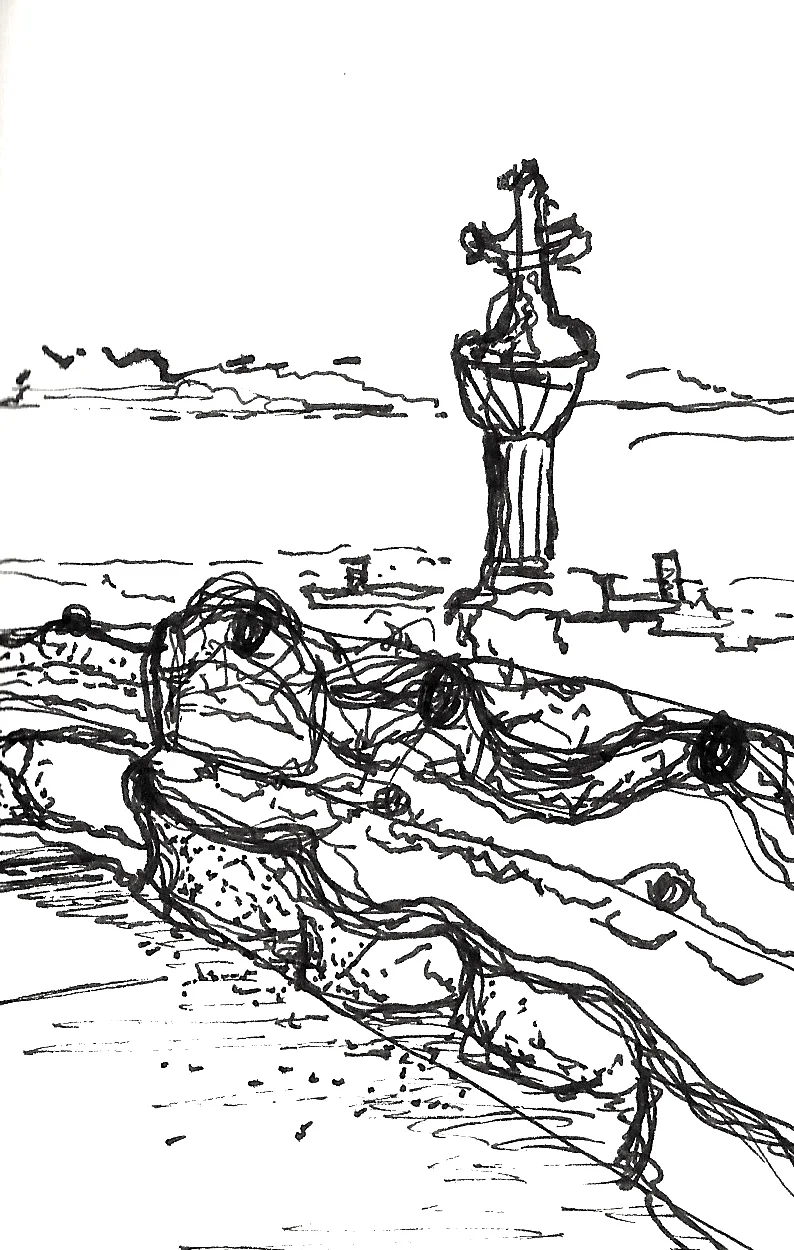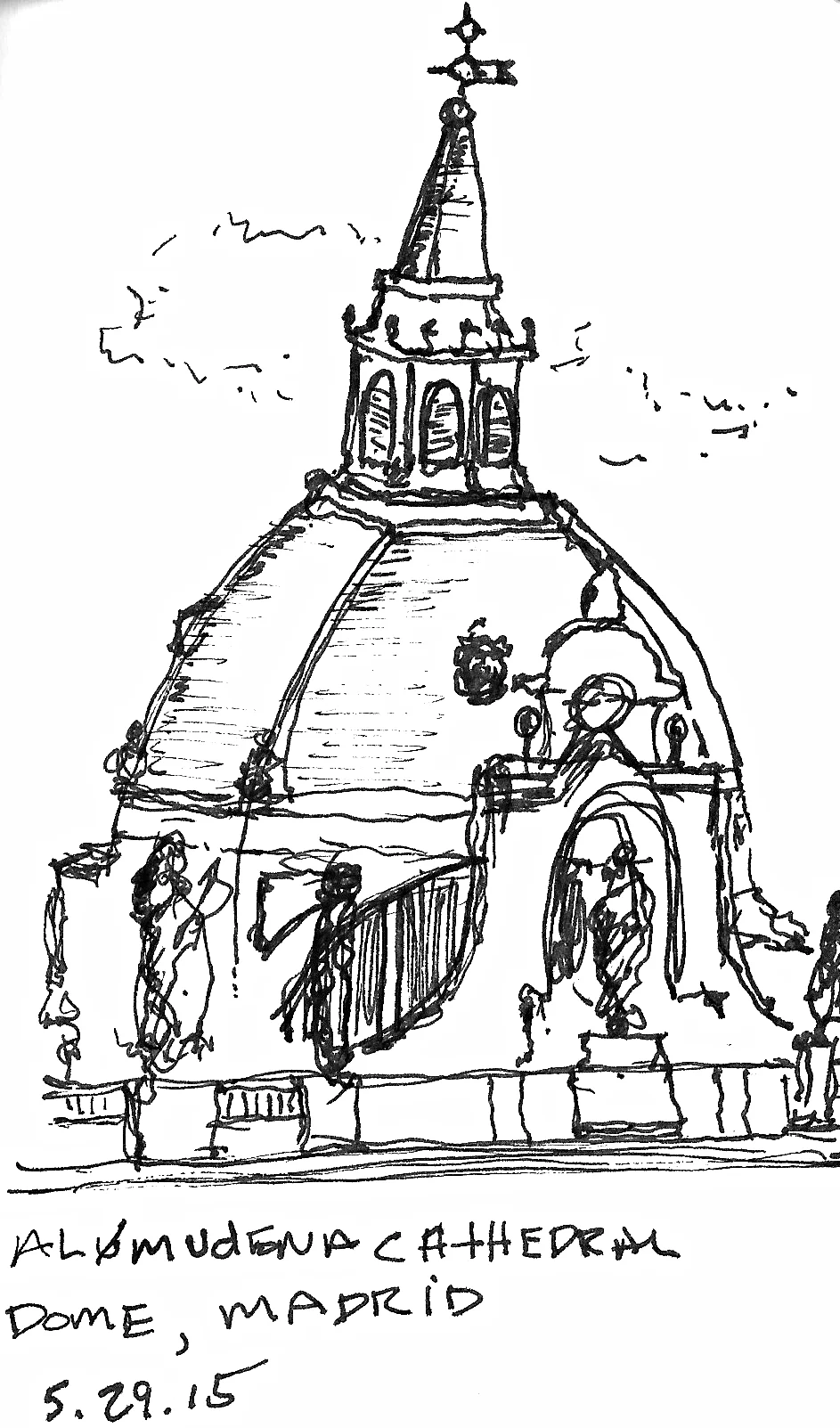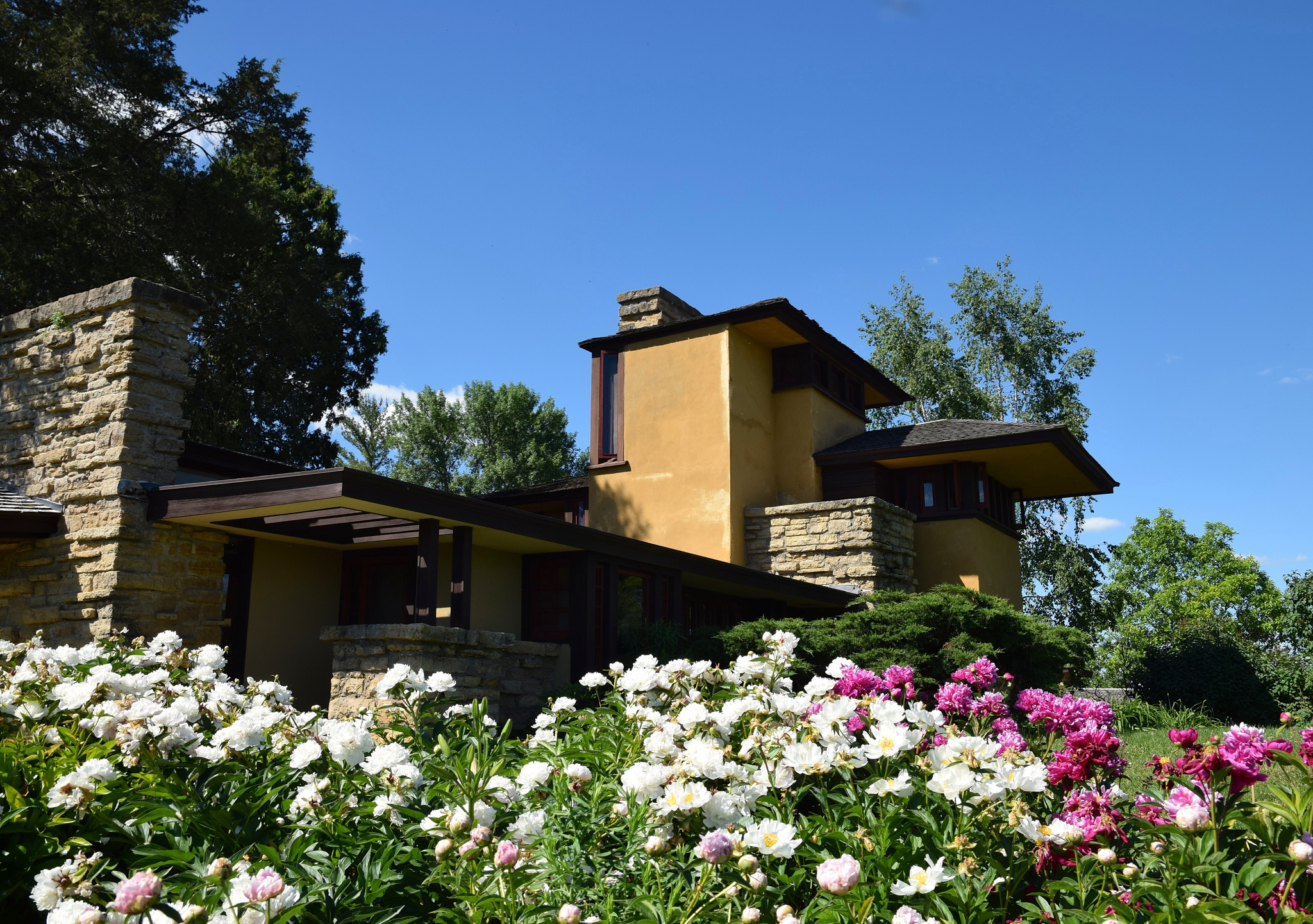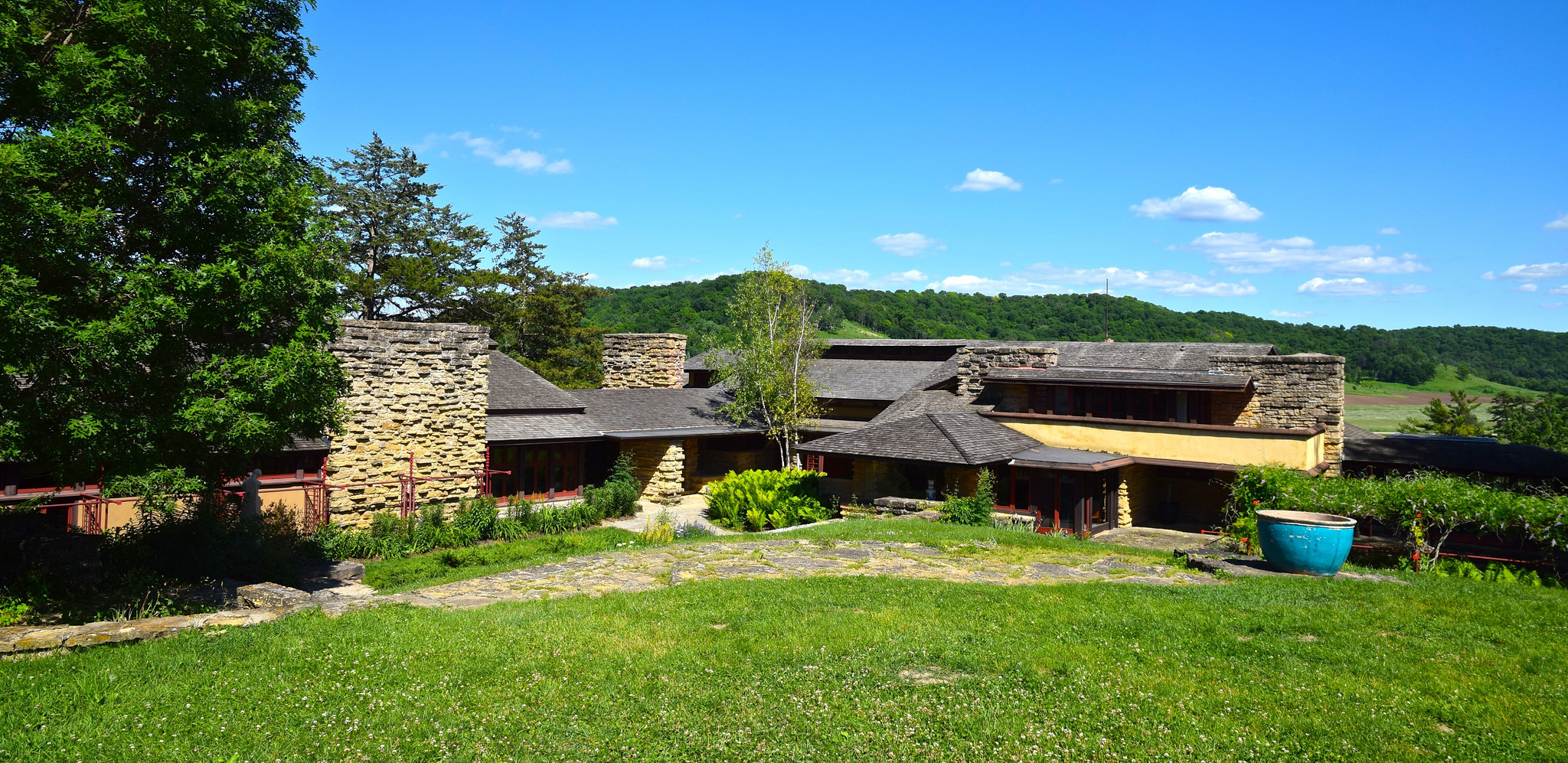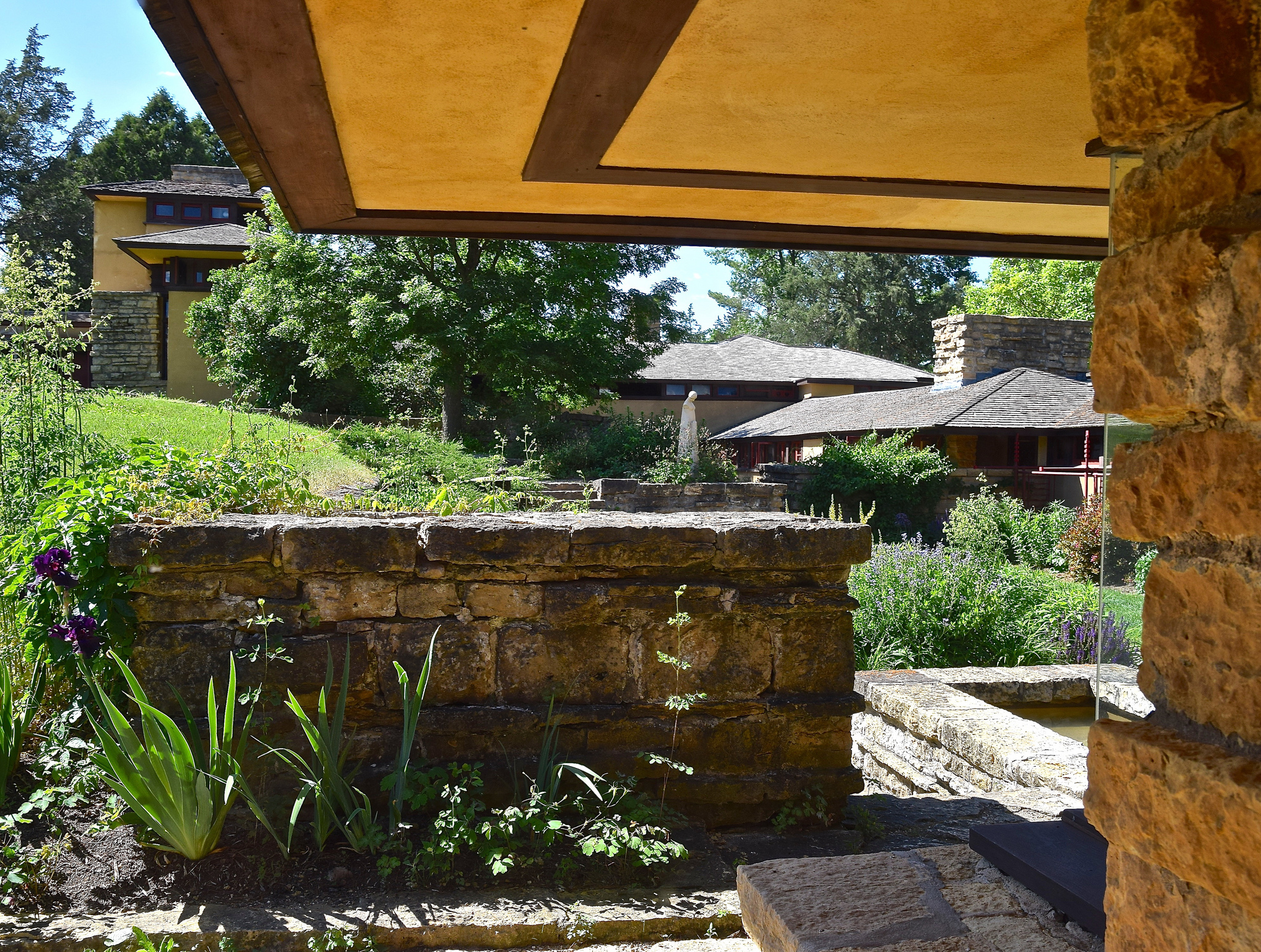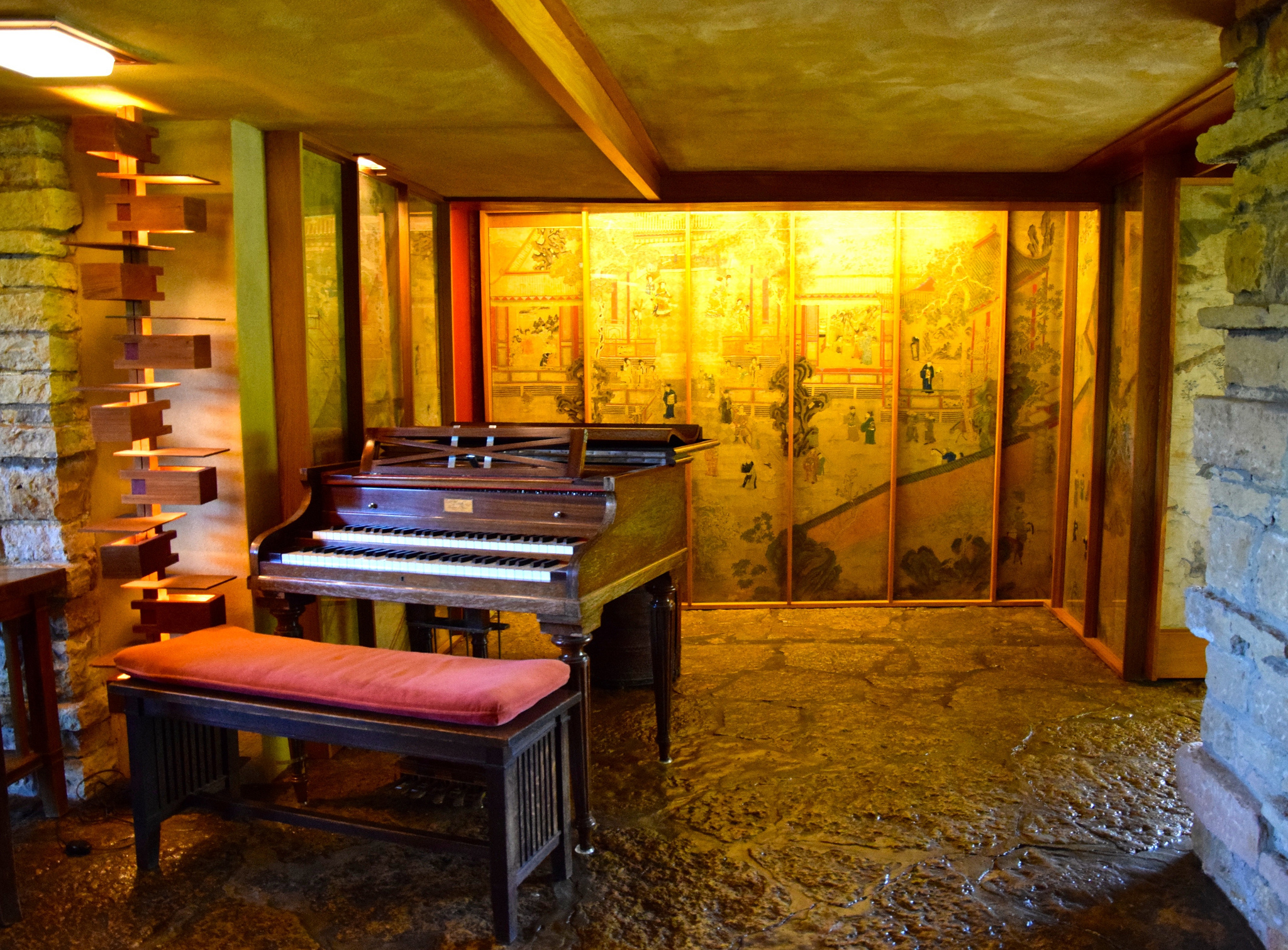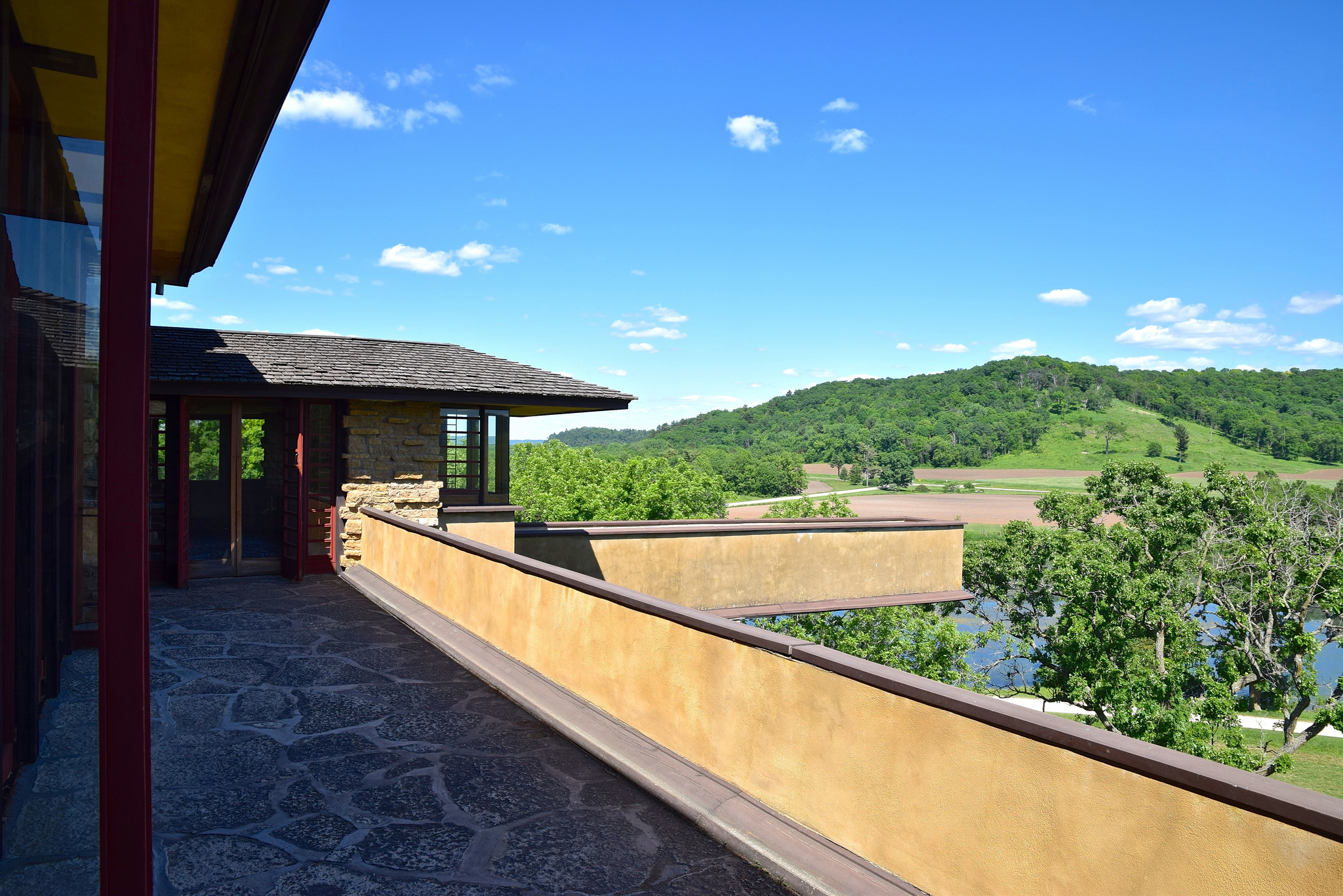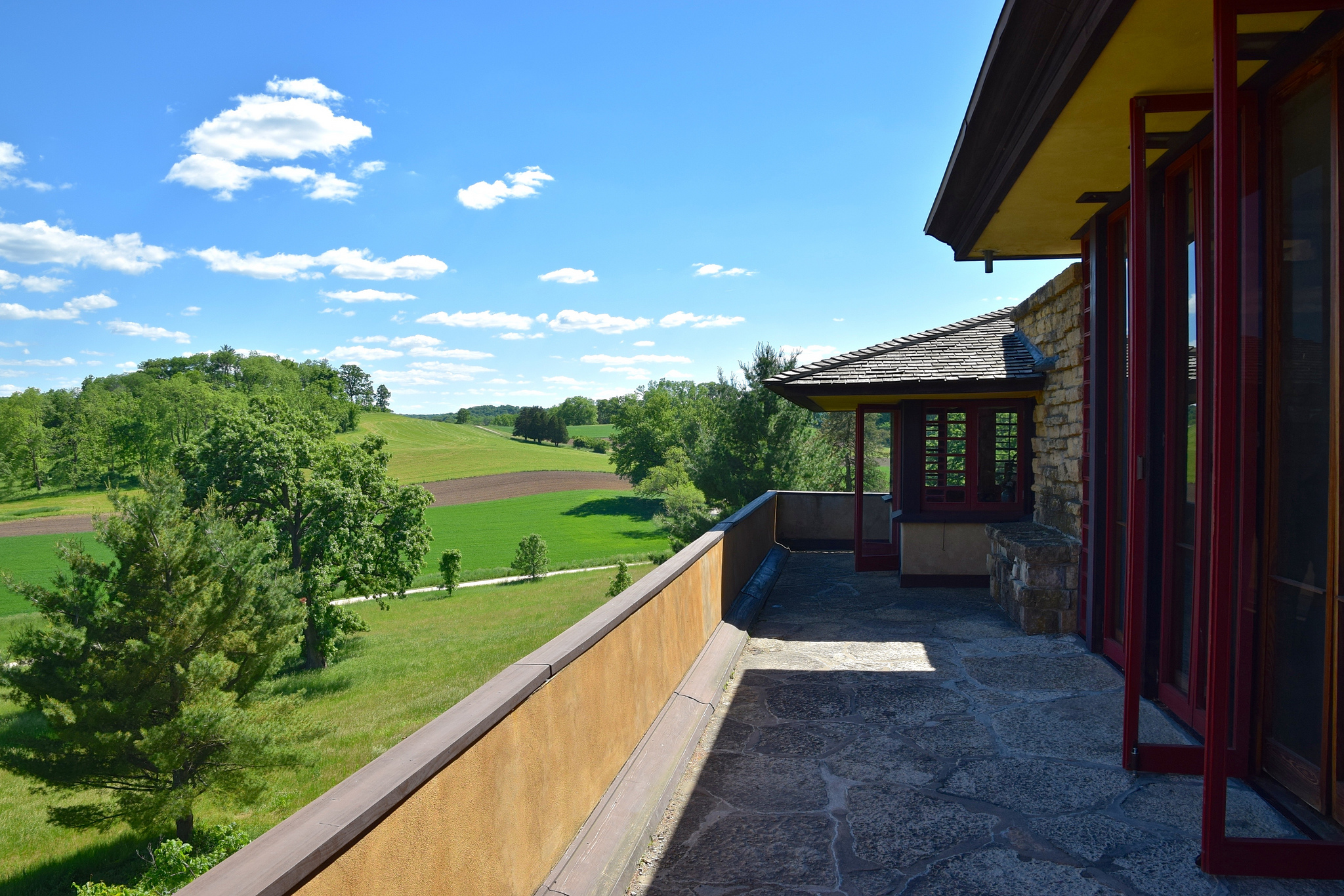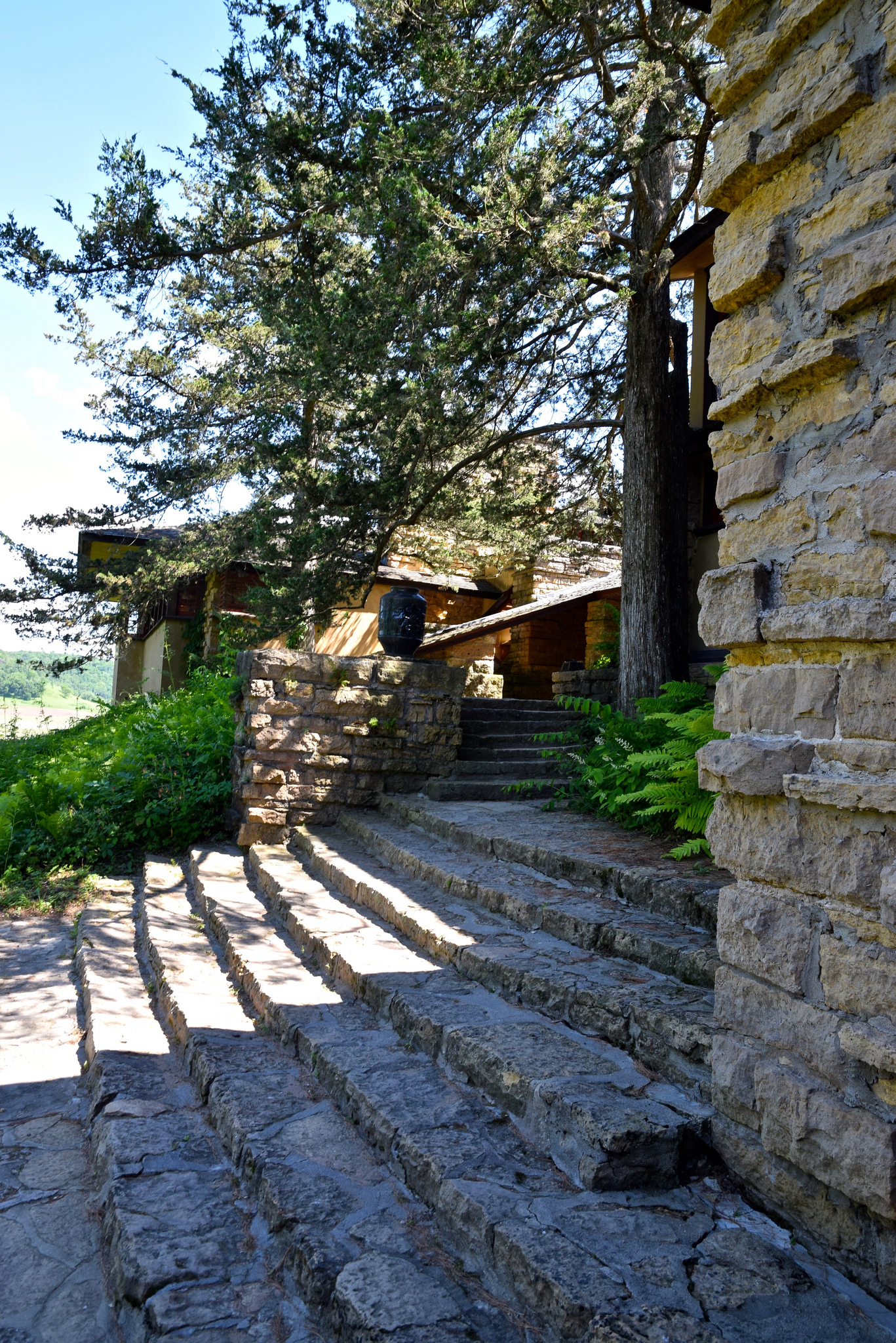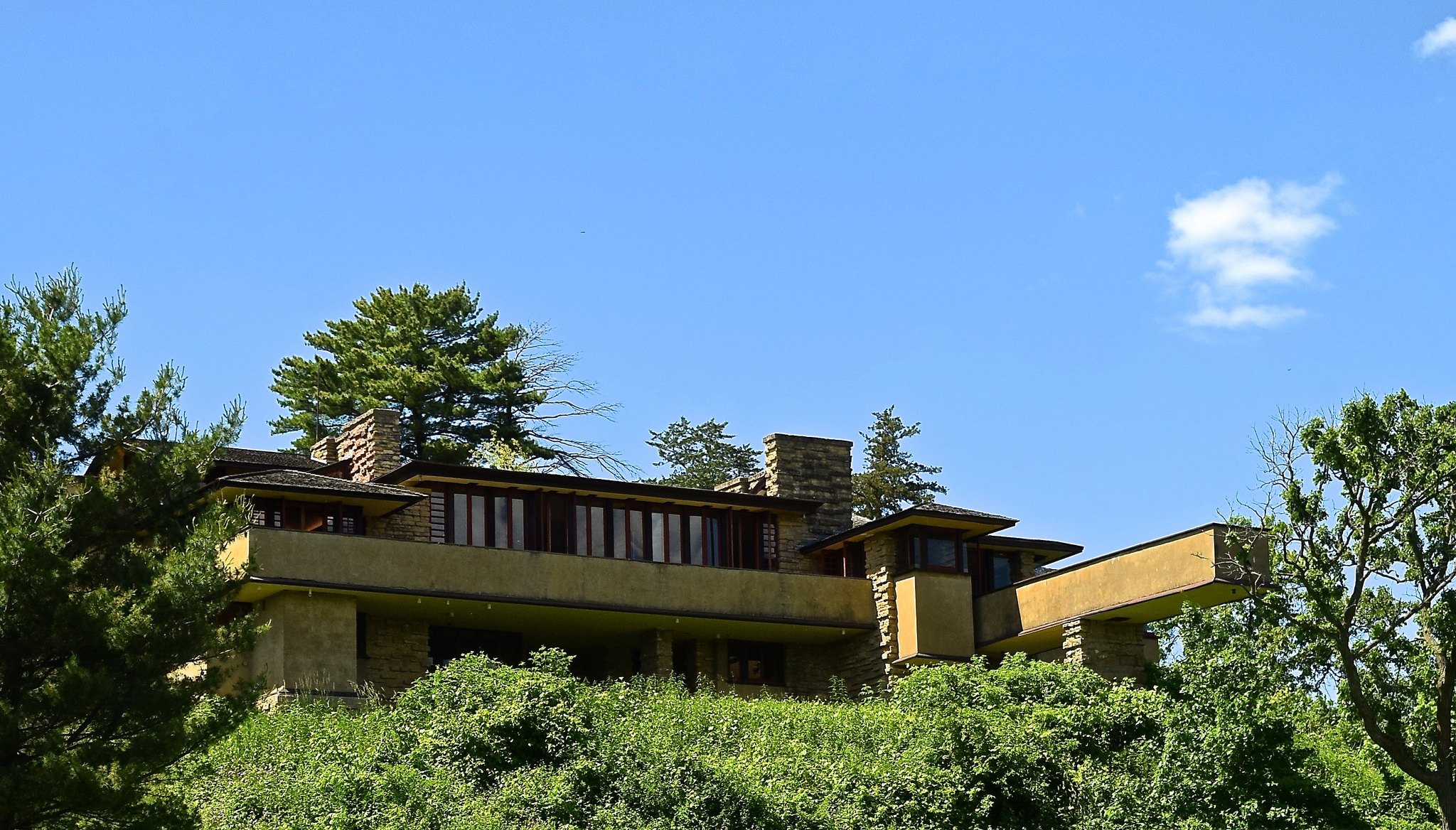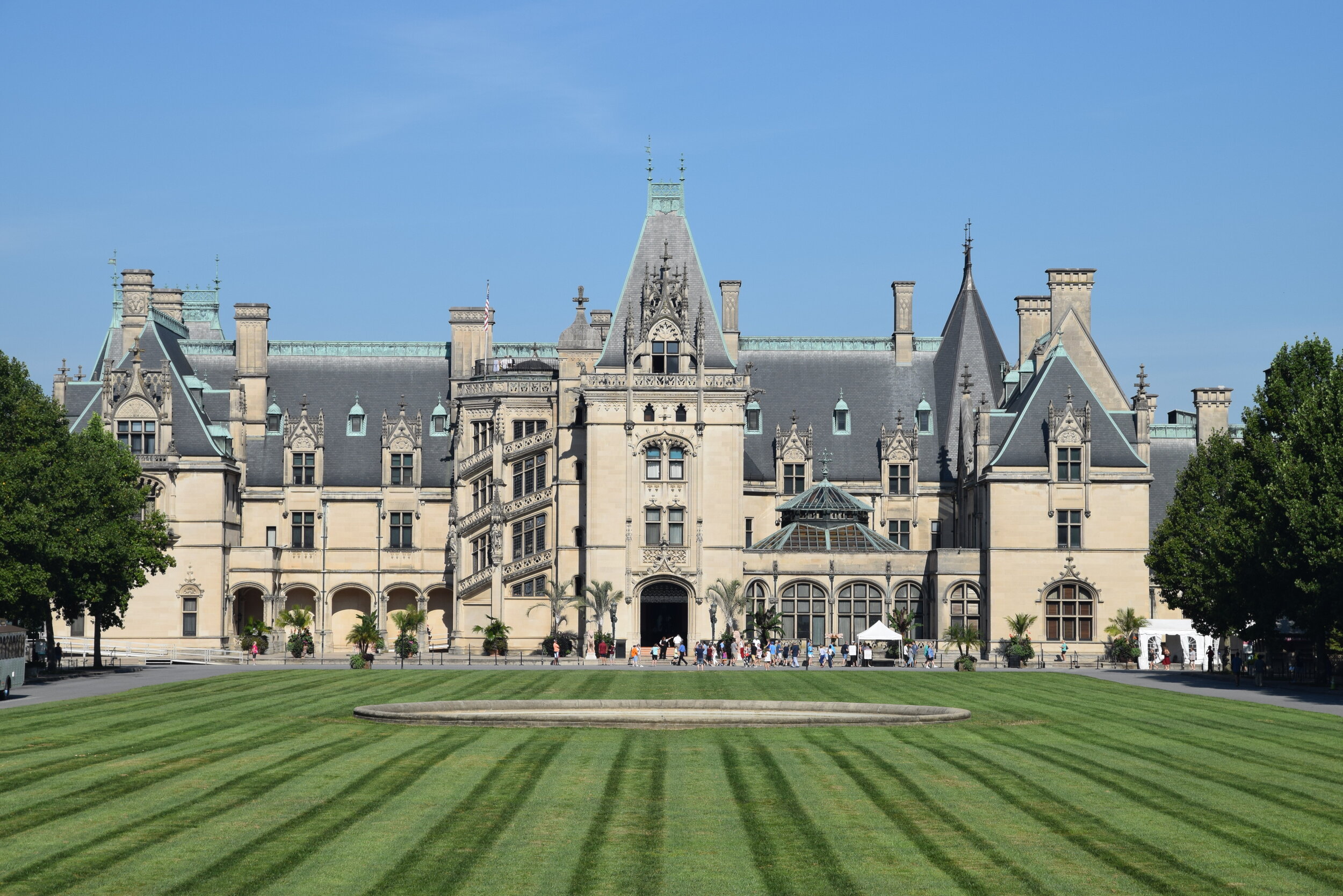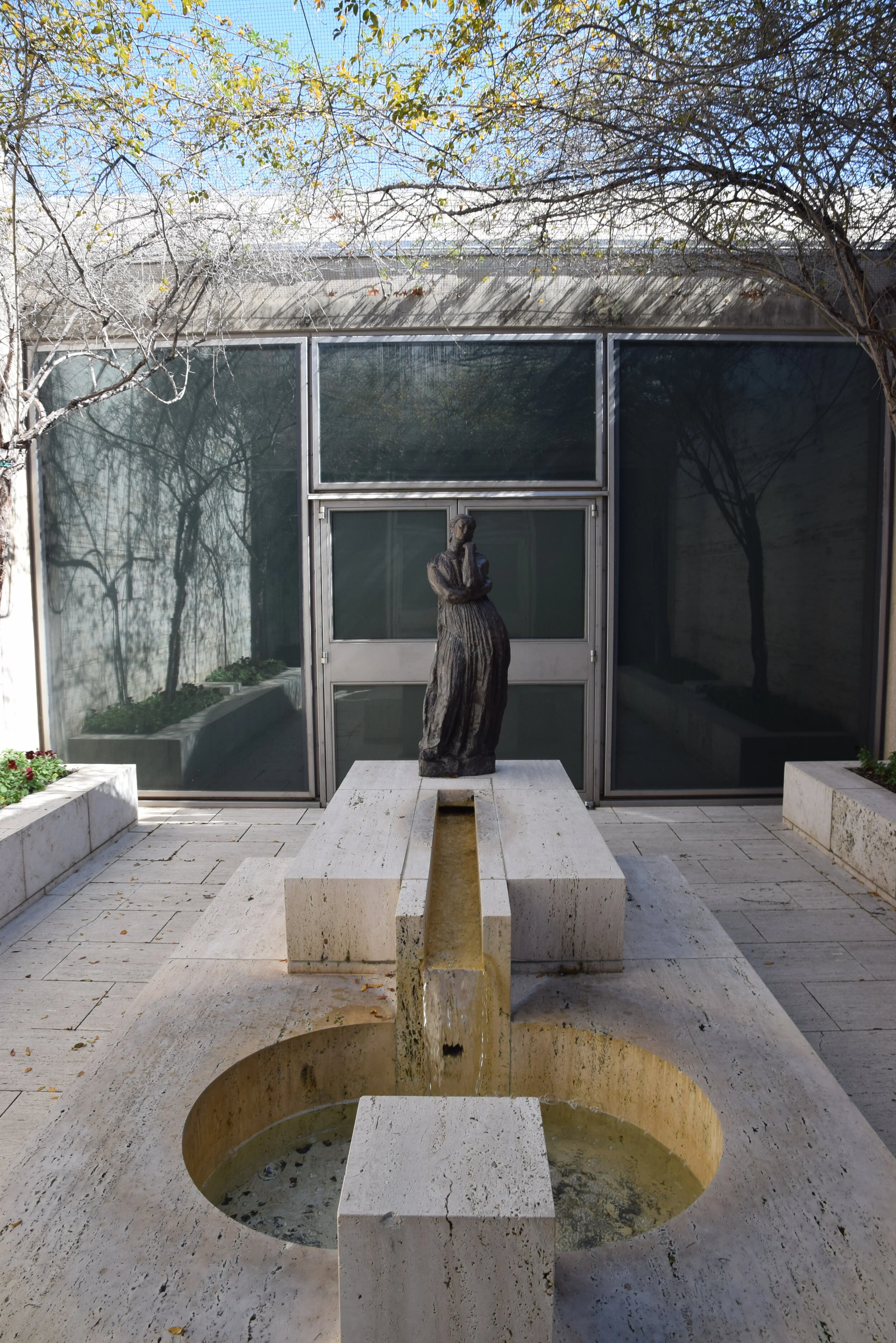Drawn to a New Kind of Travel Experience
/Admittedly, I love to travel. Once I received a fortune cookie that read “you will tread on the soil of many lands.” I don’t believe in the power of those mass-produced after-dinner treats, but that particular cookie had found its way to the right plate of Szechuan Shrimp.
Travel-study or travel-abroad programs are a natural fit for anyone interested in studying architecture. For centuries, architecture has evolved through Influences from culture, climate, naturally available resources and other factors. Most importantly, though, architecture cannot be fully appreciated through pictures alone; it is designed to be experienced. So, what better way to learn about world-renowned architecture than to travel to it?
The Louvre Entrace Courtyard, Paris
Photography is a great way to capture what you see when you travel. Many of my travel photographs of architecture can be found in the Eyeing Design Gallery. With some training, anyone can learn to take great architectural photos and capture wonderful memories. Some of my favorite photographs have come from professionally-led Photo Tours I have attended.
However, there is another way, more analytic, to look at architecture: sketching. Why draw? Drawing or sketching forces you to create, which requires a series of decisions that require examination. A well-trained photographer makes decisions when taking a photo, but many times architectural photographs are taken without fully noticing the subject’s finer elements. Exactly how many windows are on the front of the building, and are they all the same size and shape? These type of nuances might be hard to accurately remember when snapping a quick photo. But to draw architecture, one has to look for patterns and make decisions about sizes. If you’re still not convinced, trying drawing something, anything. Regardless of your drawing capabilities, you are going to be forced to examine the object in order to get it on your sheet of paper in some recognizable way. Another plus: when sketching architecture, cross sections of a building or plans can be produced, which a camera simply can’t do.
The Perfect Compact Sketchbook
So with this in mind, on a recent travel-study trip, I decided to do as I say and draw with my students. I made some basic rules for myself so the task did not seem like a burden. I suspect students feel that having to schedule time to create a drawing will take away from time to enjoy being in an exciting new culture. I also used some basic and compact drawing equipment to carry with me on my travels, so as to not add too much extra stuff to my luggage.
The Goal:
One sketch a day within 10 minutes. To make this happen, I would quickly focus on a detail or part of a design to draw, and the drawing would be gestural (a gestural style tends to be what most consider the difference between drawing and sketching.)
The Equipment:
A 3.5” x 5.5” Moleskine sketchbook, which coincidentally, fit nicely inside the side pocket of my camera bag. A black fine-tipped Uniball Vision ink pen.
First, France

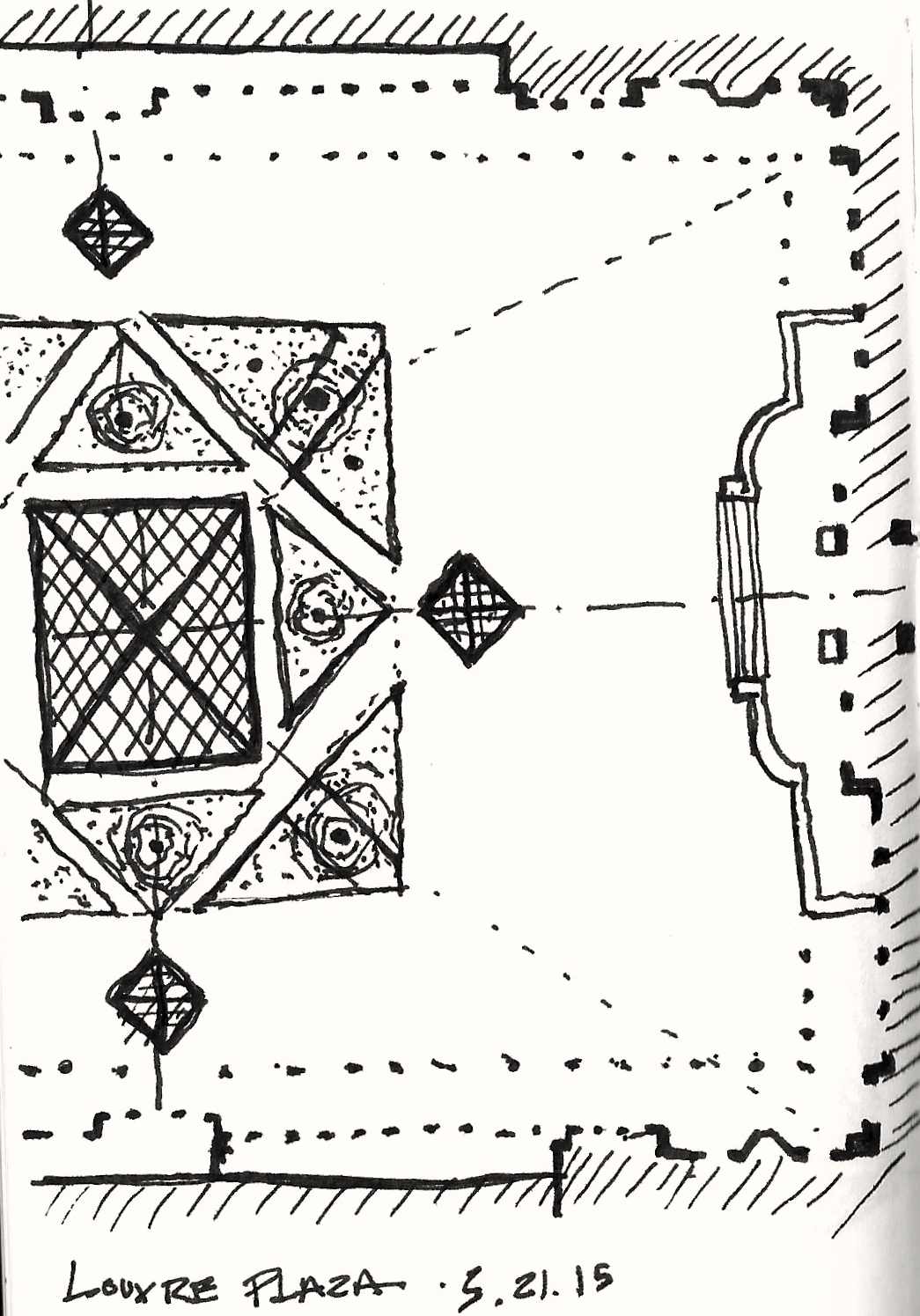

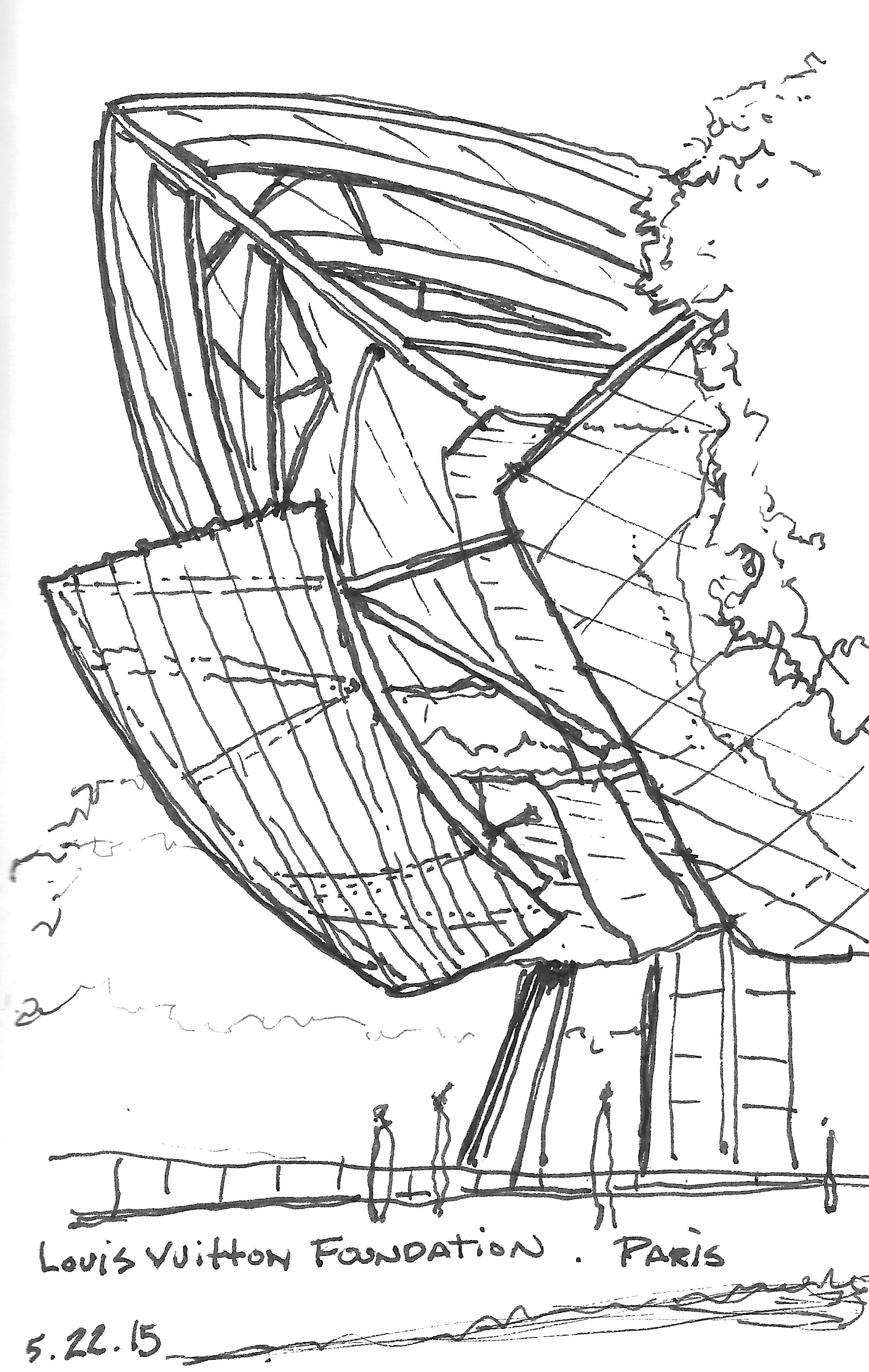
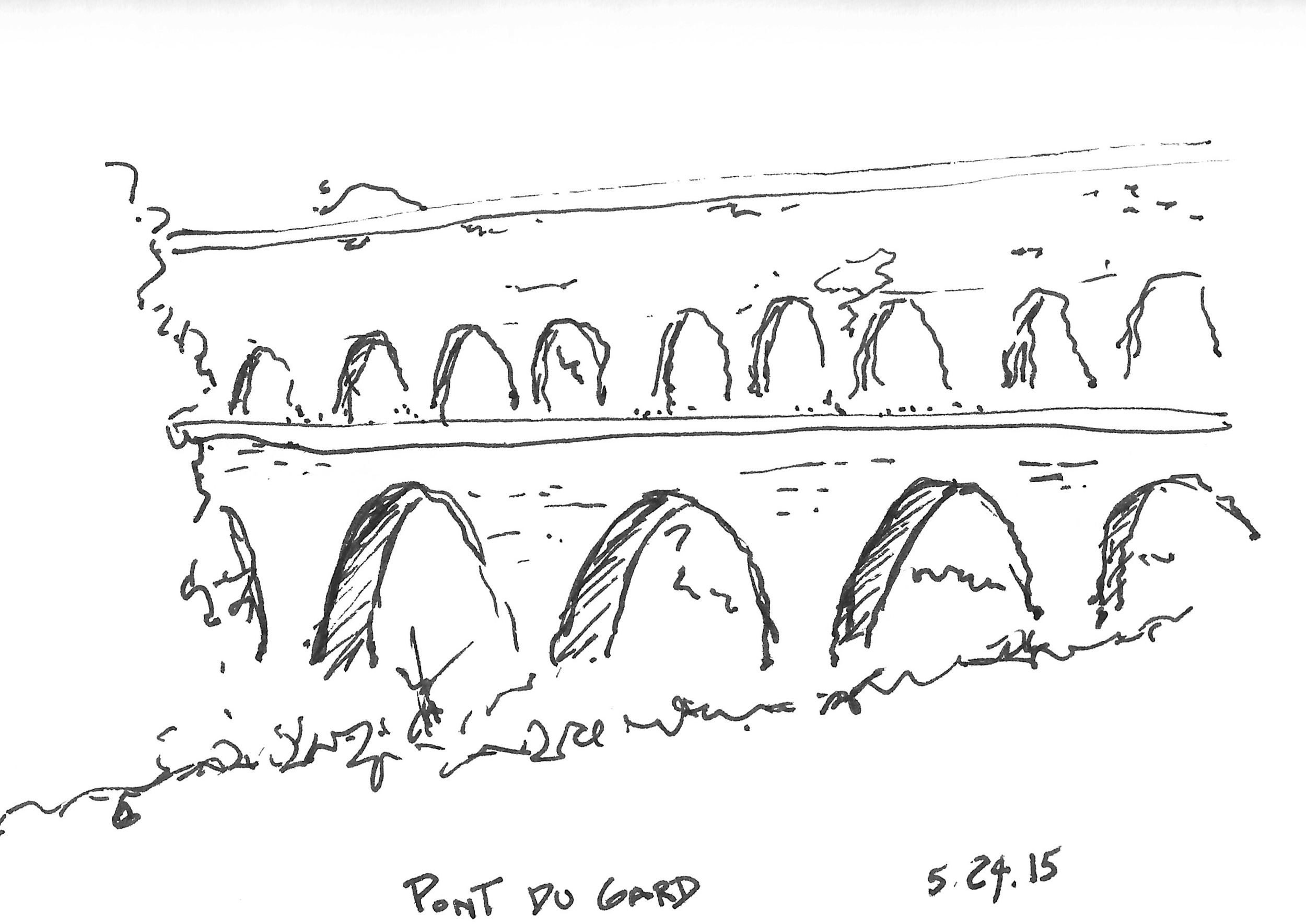
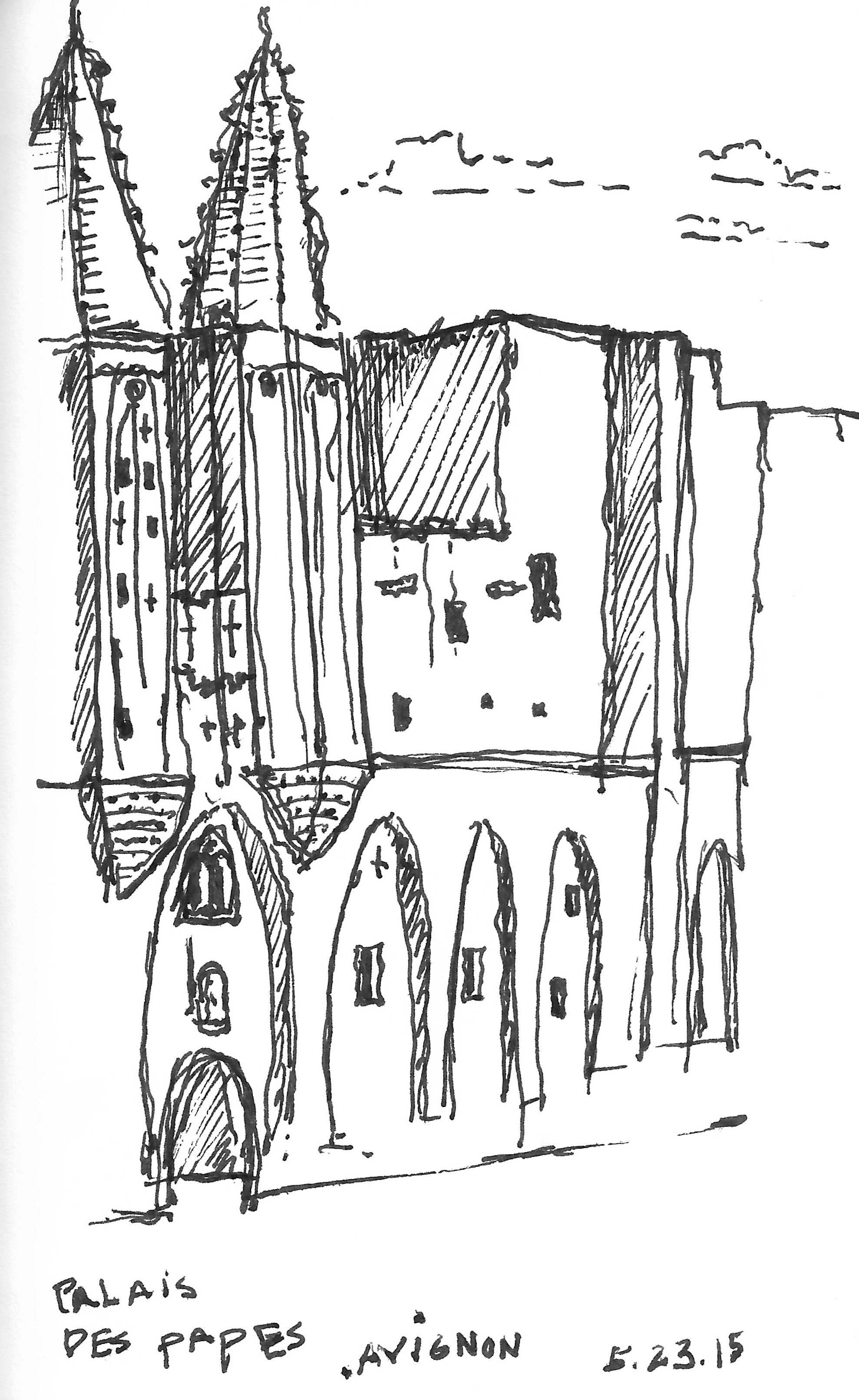


Second, Spain
Bonus: Ireland & Scotland
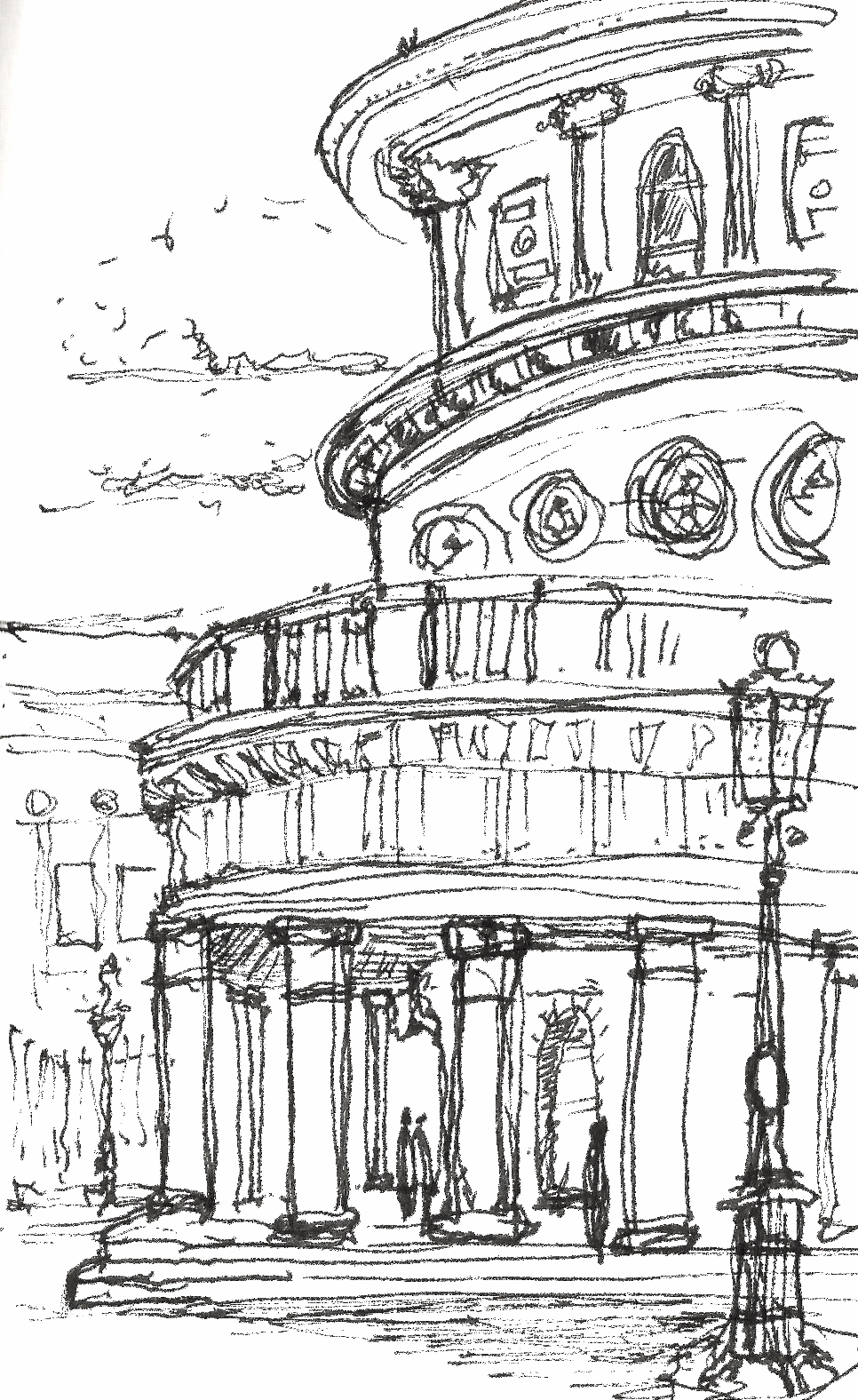
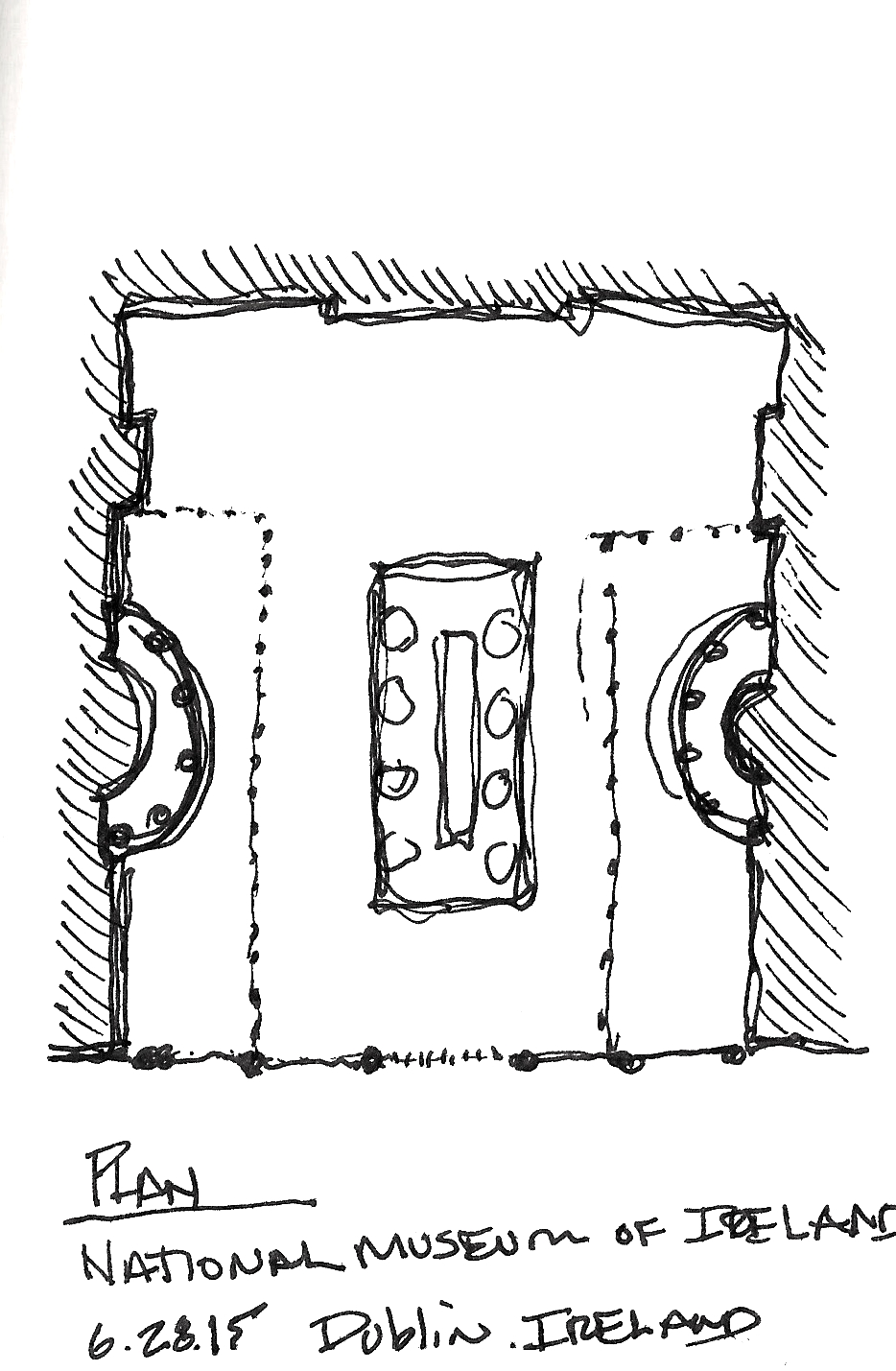
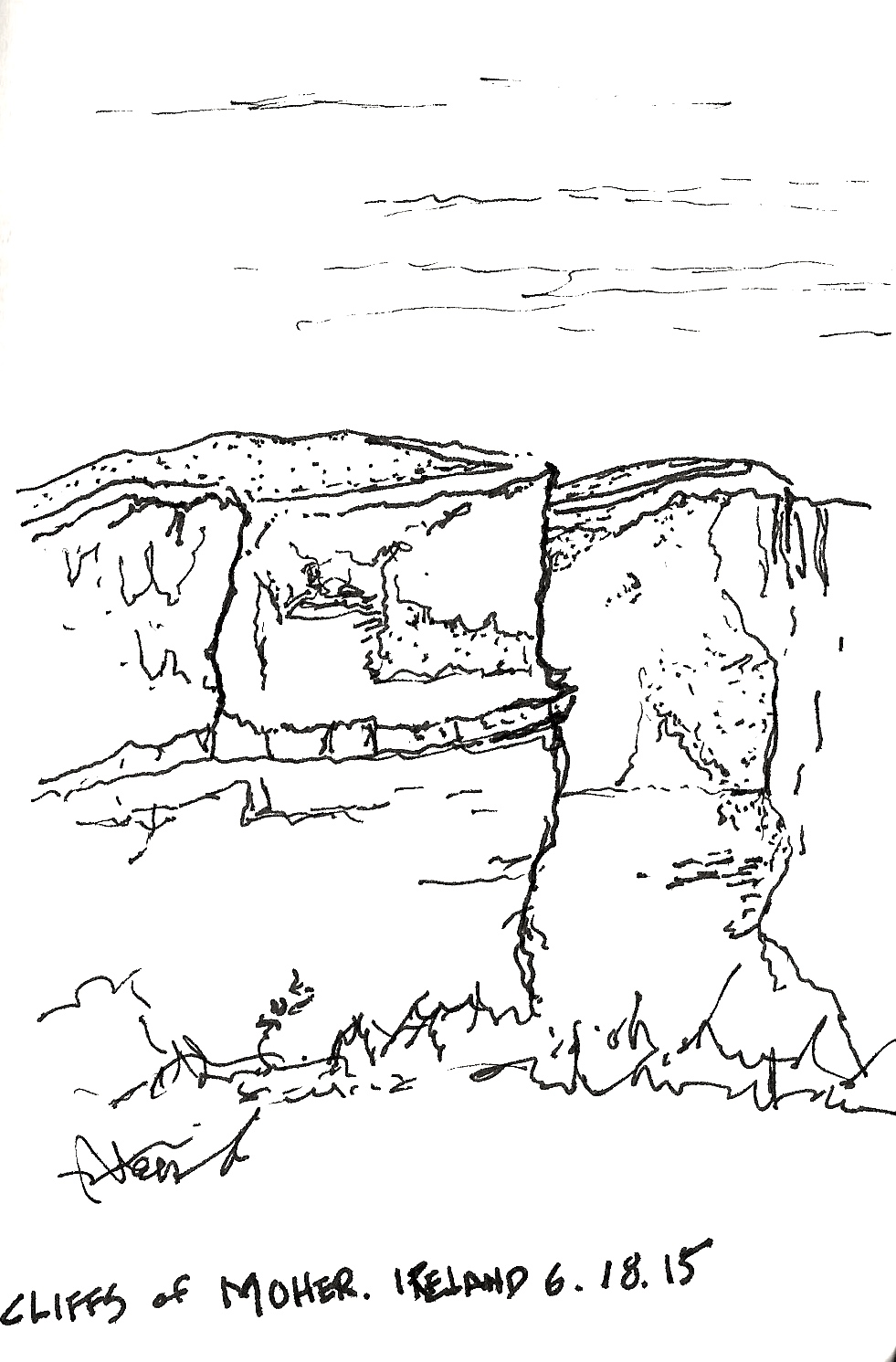
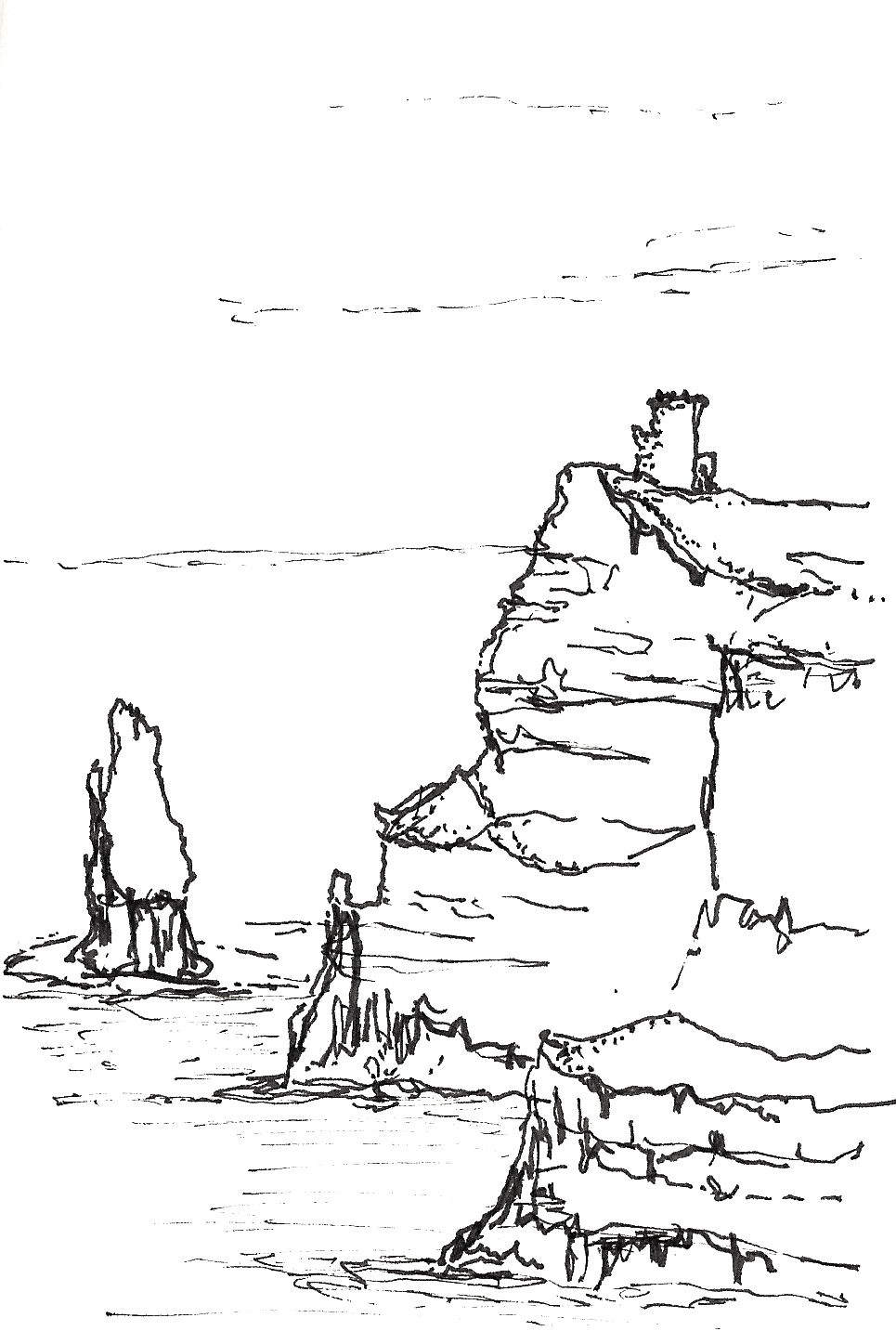
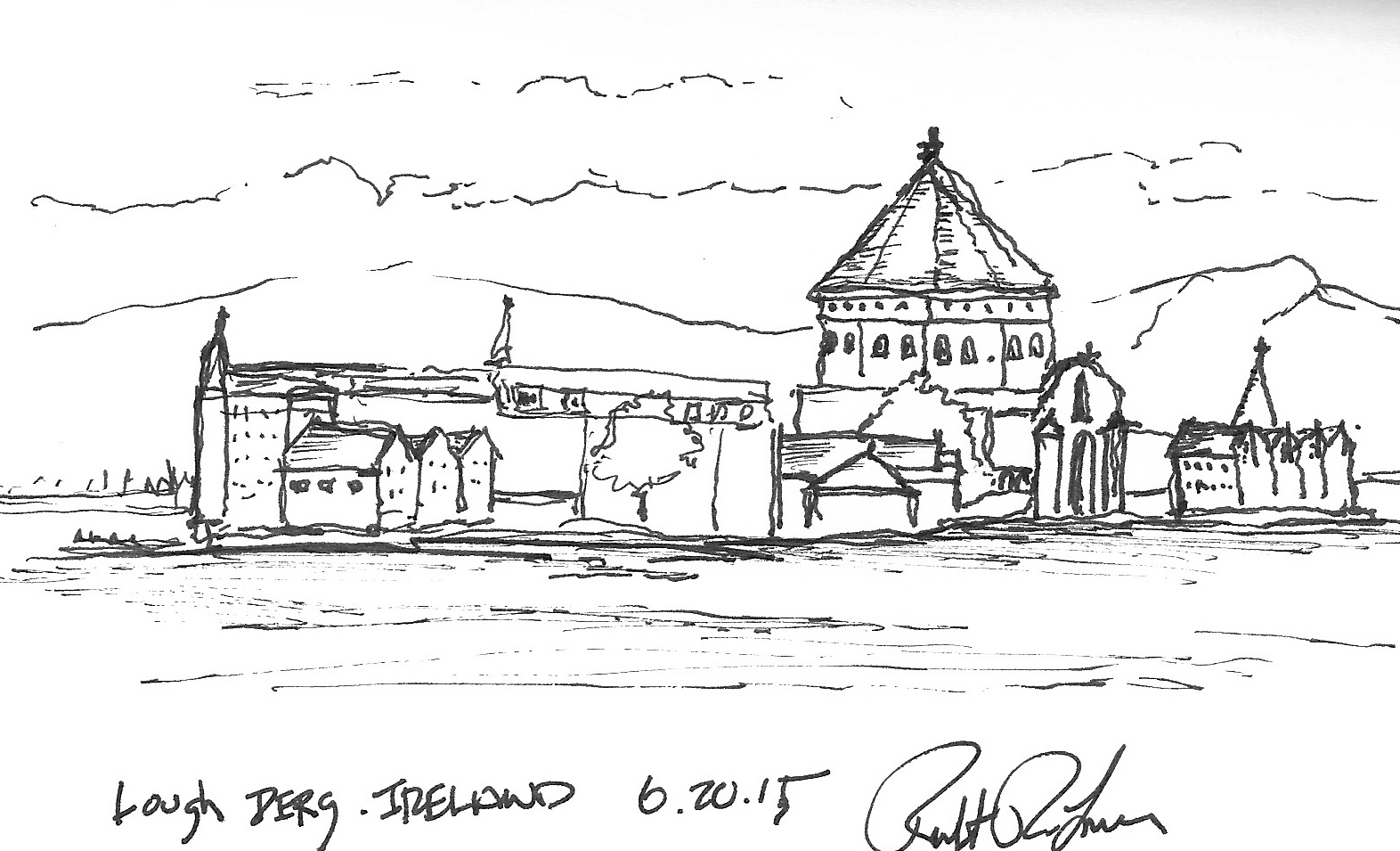
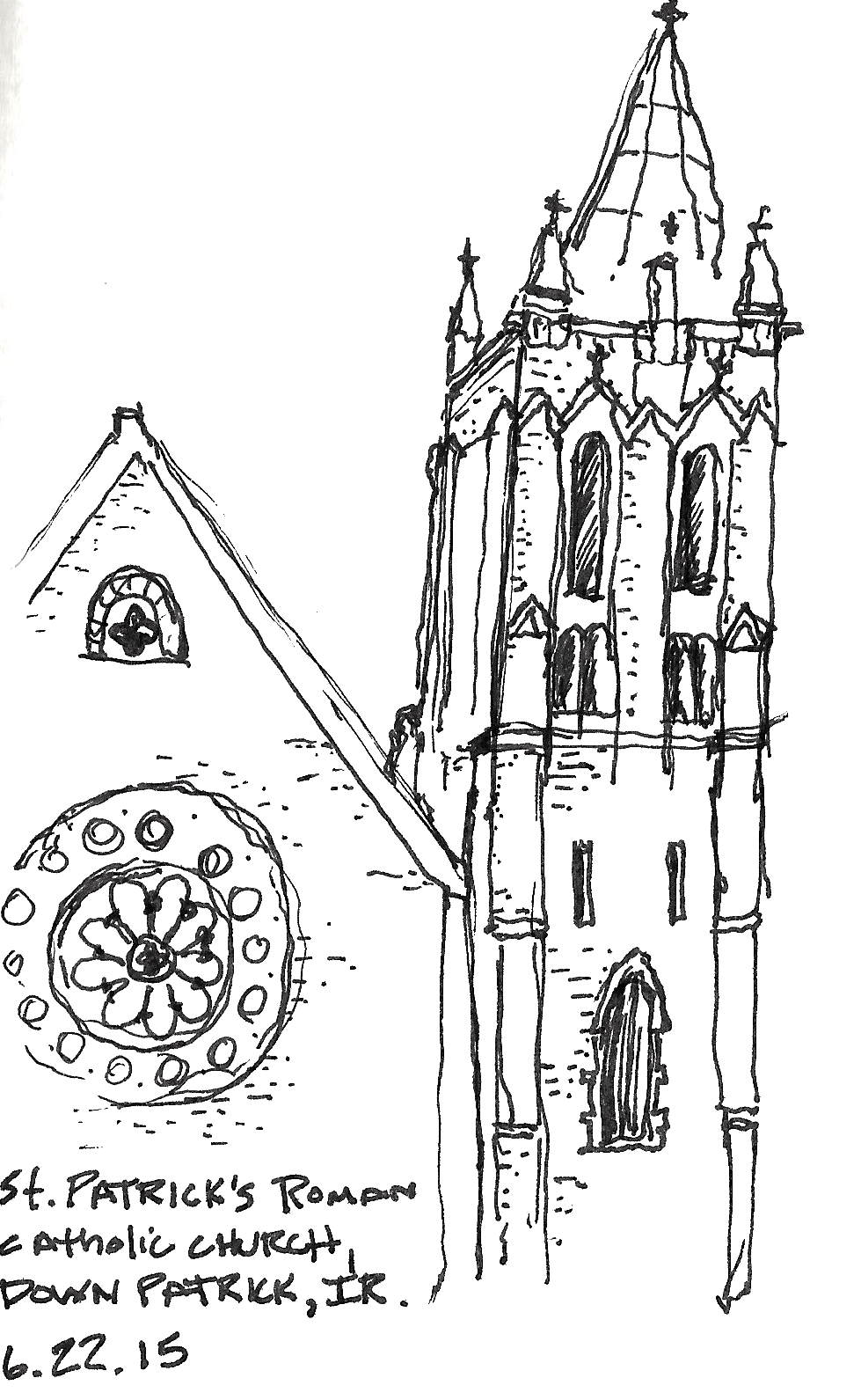
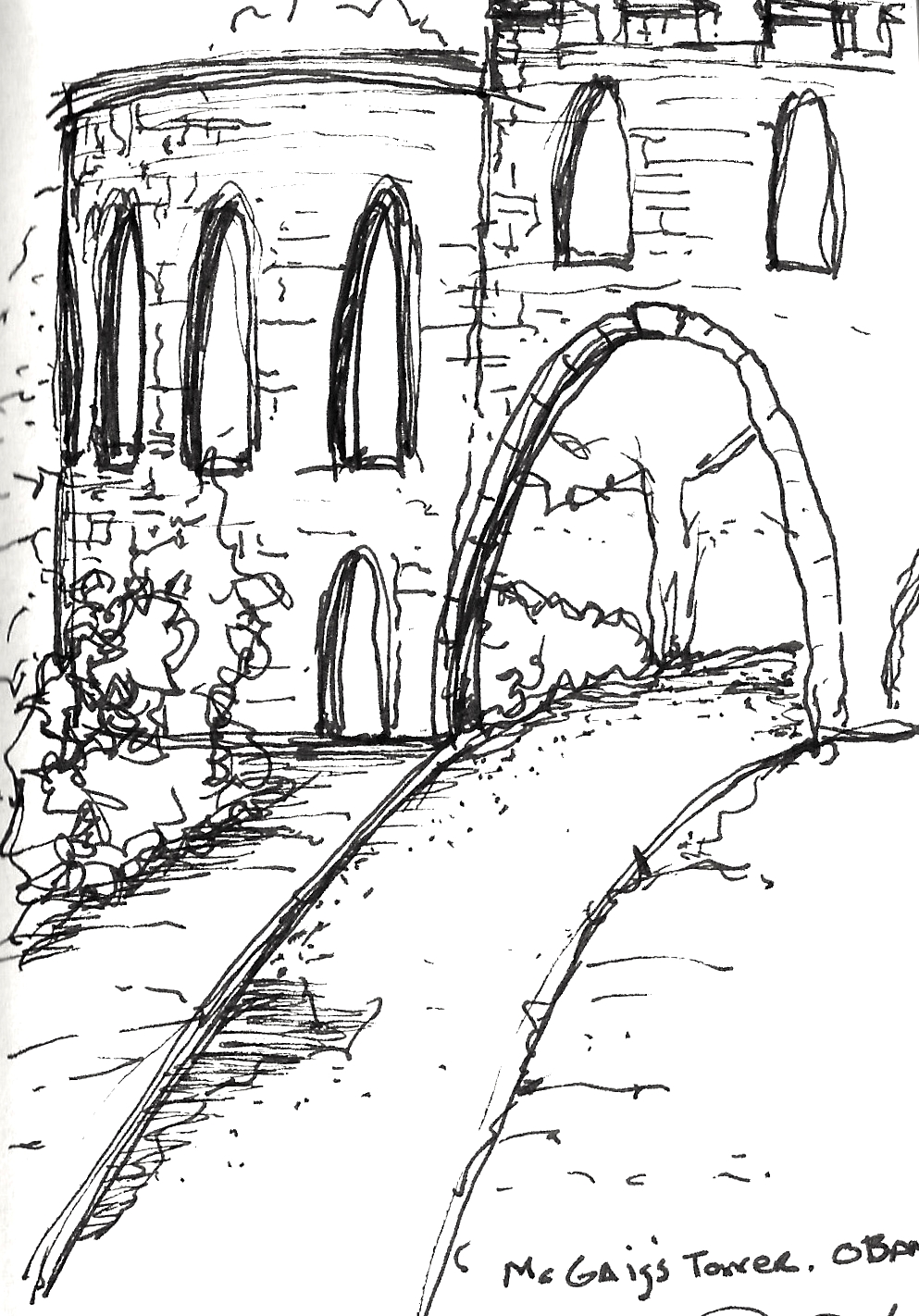
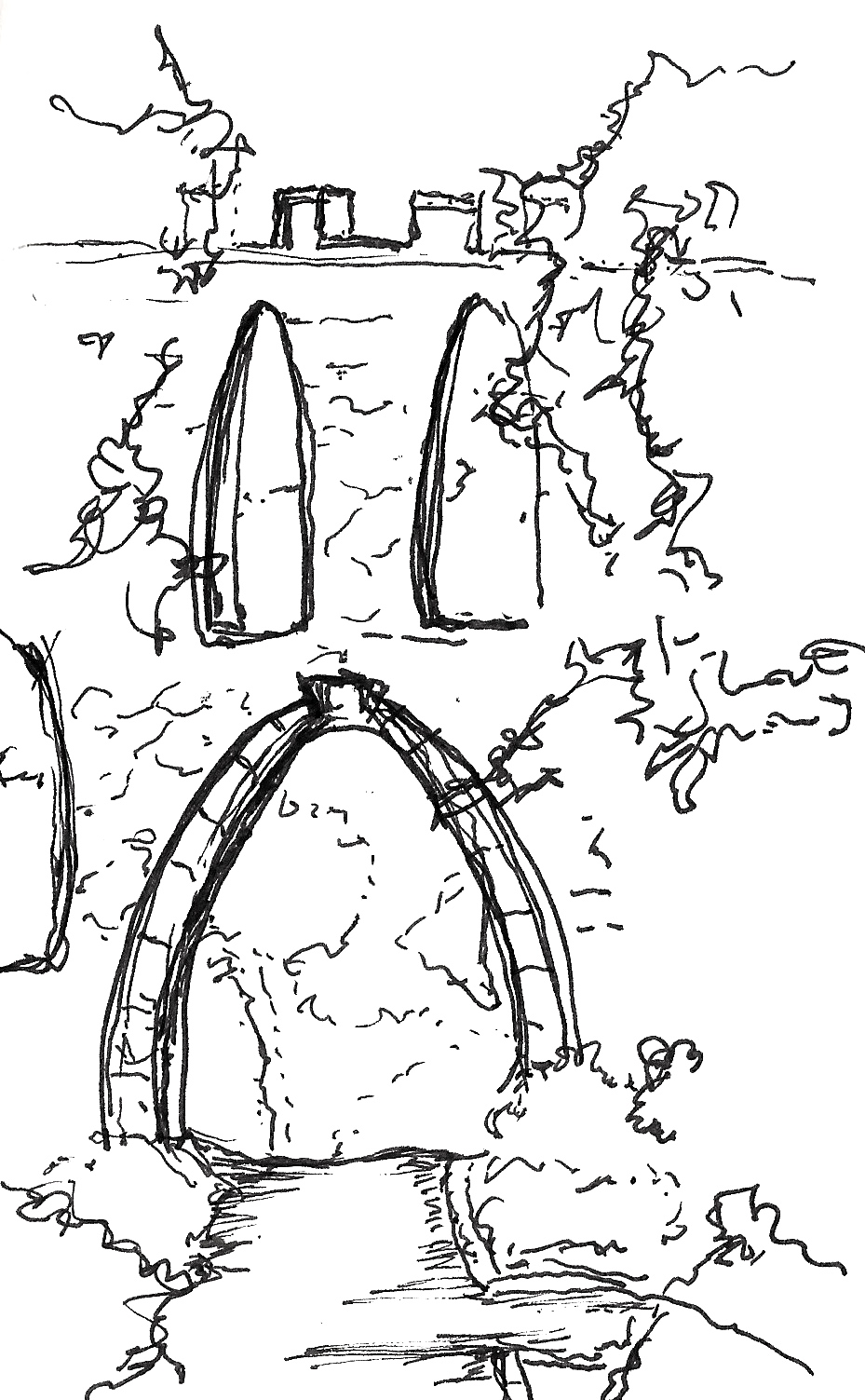
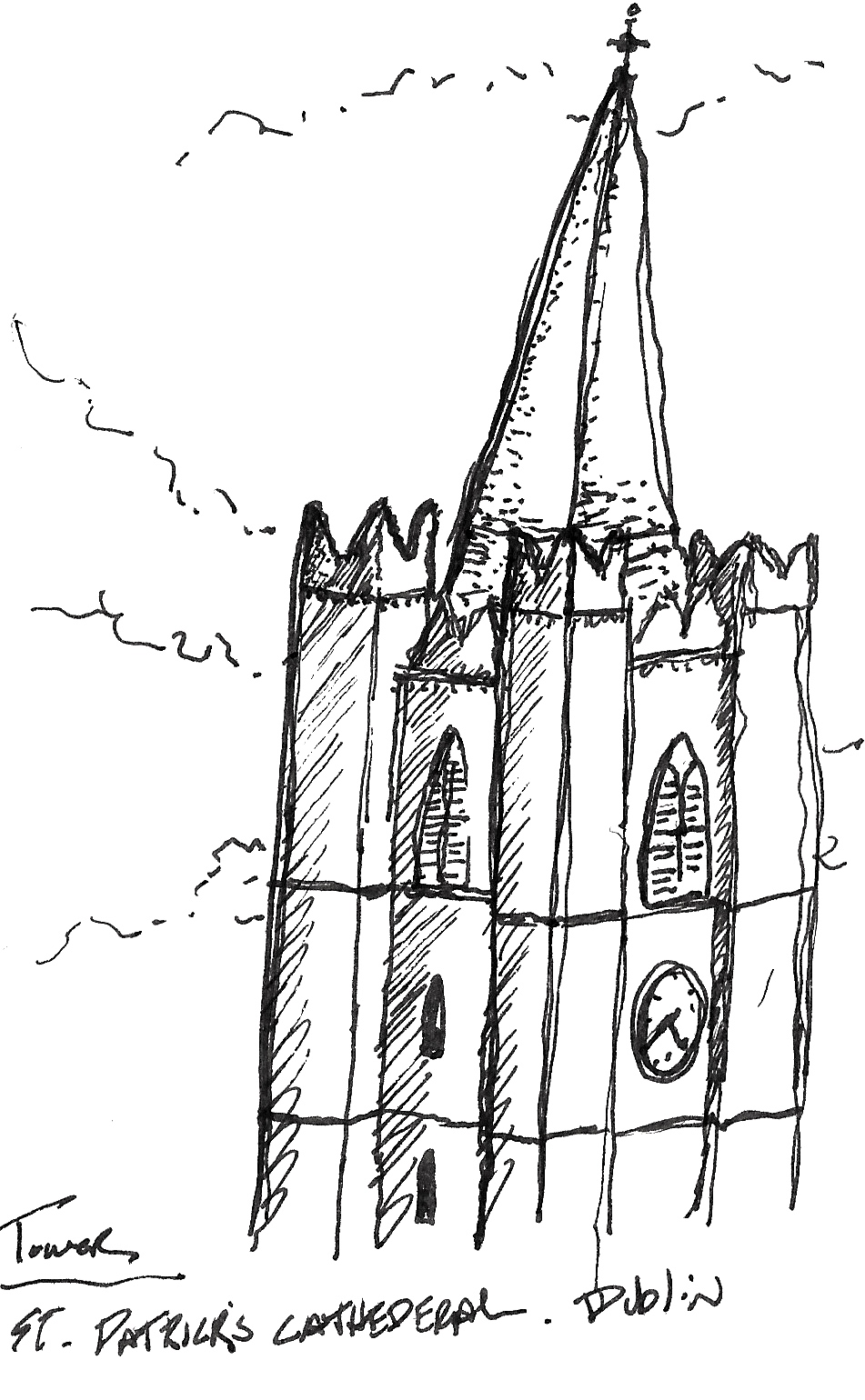
Personalized Postcard Sized Takeaways
I am very pleased with the results of becoming a student again and keeping a sketchbook. In reviewing it I distinctly remember deciding to sketch a particular design and thinking about how I was going to do it. I especially enjoy the personal nature of the sketches produced. Everyone draws differently, and for better or worse, what is created in my sketchbook is uniquely mine. Coincidentally, the sketchbook size I used is close to the size of a regular postcard, so it’s as if I have created a record of my travels out of highly personalized postcards. Also, as part of that travel record, I filled the inside pocket in my sketchbook with various admission ticket stubs. In fact, I enjoyed the sketching process so much that I recorded my personal travel to Ireland and Scotland in the same book.
It is often said that you learn twice as much when you teach. I certainly have found this to be true. The lesson I was taught is that sketching makes for a strong connection to the architecture and designs I visit and a more reflective travel experience. So, a special thank you to Alex (both,) Cassidy, Dimitrios, Martha, Michelle, and Sam for making me want to put my camera away for a bit and draw. Happy sketching to you all!
Robert Lowe is an Associate Professor of Architecture, owner of InFORMation Design, LLC and the creator of Appitecture.
*Places and Perspectives is a blog devoted to exploring topics and images that inspire the sense of place. We welcome suggestions on places and topics readers want to learn about and see featured in our blog.
